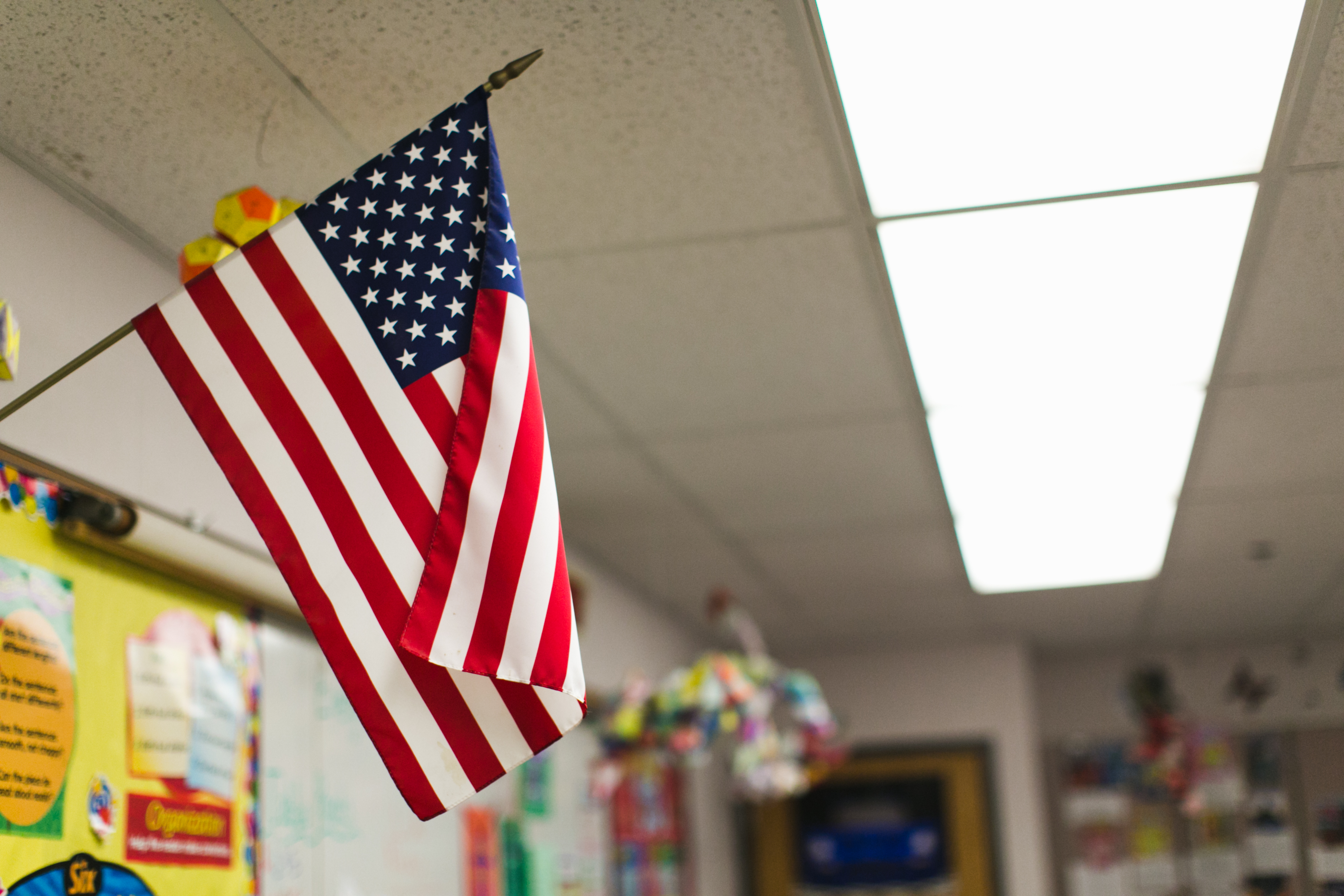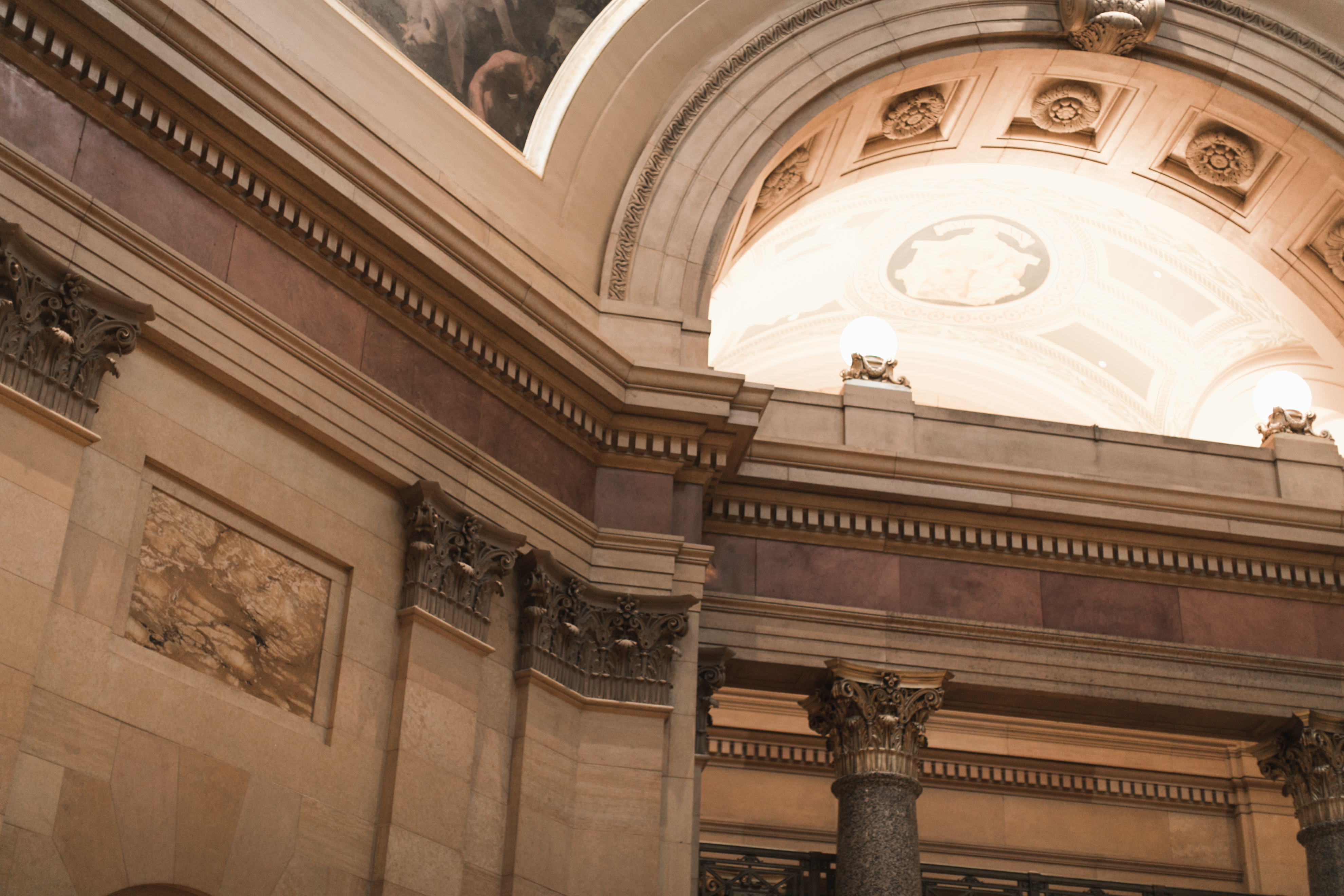Republicans and Democrats continue negotiations over the next federal coronavirus relief package that could bring additional support the nation’s K-12 schools. Some of that funding is tied to returning physically to the classroom.
Congressional democrats in the U.S. House passed the $3 trillion HEROES Act almost two and a half months ago. In the past week, their counterparts in the Senate GOP majority unveiled the latest package of bills called the HEALS Act. The Senate bill has a cost of $1 trillion.
The HEALS Act includes several emergency supplemental appropriates for education that expand upon those in the Coronavirus Aid, Relief, and Economic Security (CARES) Act and total $105 billion, including:
- $70 billion for elementary and secondary schools
- $29 billion for higher education
- $5 billion for state governors to allocate
The HEALS Acts includes about half of the $200 billion in education funding that major K-12 groups requested in April.
Reopening
The $70 billion for K-12 schools comes with conditions aimed at getting schools to physically reopen. The legislation also includes a requirement that states reserve a portion of these funds for private schools.
The $105 billion in Education Stabilization Fund appropriations breaks down as follows:
- 5% for the Governors Emergency Education Relief (GEER)
- 67% ($70 billion) for the Elementary and Secondary School Emergency Relief (ESSER)
- 28% ($29 billion) for Higher Education Emergency Relief
ESSER Provisions
ESSER funds include the following provisions and restrictions:
1.) Allocated to states based on the Title I formula and to school districts based on most recent fiscal year share of Title I allocations within the state
- One-third of funds allocated to all Title I eligible school districts expeditiously
- Two-thirds of funds allocated based on physical “in-person” reopening conditions:
- a full allocation from the two-thirds provided if at least 50% of student present in schools for at least 50% of the school week
- a prorated portion of the two-thirds determined by the Governors for schools with some physical reopening
- no eligibility for schools without any physical reopening
2.) State set-aside funds for private schools based on the statewide proportion of pre-COVID private school enrollment
- a private school receives an allocation based on its proportion of low-income private school enrollment within the state
- same basic physical “in-person” conditions for full, pro rata, and no allocation applicable for two-thirds of the set-aside
3.) Maintenance of effort for state education funding based on the proportionate level of state support relative to overall FY19 state spending
What’s Next?
All eyes are now on White House, Senate and House negotiators who are working to iron out a compromise plan as the fall school start is just around the corner.





